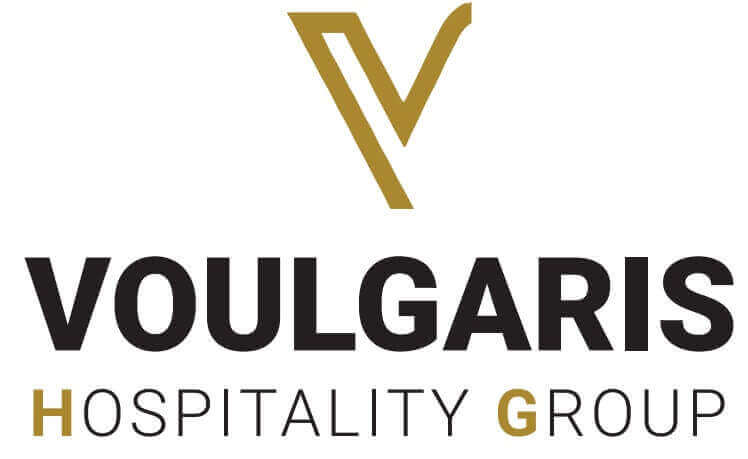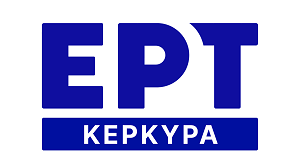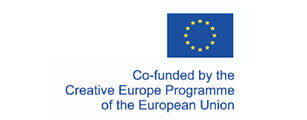Experimental cinema has a long tradition of experimentation with novel techniques, including the incorporation of other media in the filmic medium. In fact, experimental filmmakers are inspired by the need to innovate both formally and stylistically, and the commercial success is not the incentive for their work. As Kostopoulou notes: “What inspires their experimental work is usually a creative vision to reach new limits in the film medium, or devise something new that no one has tried before” (2023: 1). Experimental films often use non-linear narratives, push the boundaries of film and create a certain degree of uneasiness to the audience. For Verrone, “[experimental filmmakers] take the art and aesthetics of filmmaking to be an undertaking that shuns cultural and economic influence, which simply means that they are concerned with creating an audiovisual film that is purely different-sometimes at odds with [… ] the kinds of films that generate public pleasure” (2011: 1).
We can recall that from the beginning of the twentieth century, avant-garde artists used intermedial experiments as a way to expand the medium’s potential. Similar intermedial experiments are used in contemporary experimental films in an effort to enhance the viewing experience and question the very nature of film. But what is the function of these intermedial crossovers? What is the effect on the audience and the cinematic experience? In fact, in the post-media era cinematic time and space are redefined, thus opening doors to new enhanced experiences.
In this light, this paper explores a French experimental film which questions our preconceived notion of time and space and embraces the notion of affect as it has been used by film theoreticians. The film, entitled Ghosts ((LA)HORDE, 2022) features instances of stillness and motion, offering a diversified experience to the spectator. This diversified experience is achieved with the incorporation of other media, such as painting, dance and music. In this research, we will use an intermedial methodology as presented by Pethö in her recent work (2011, 2012, 2015, etc.), and focus on the enhanced experience of the spectator.
References
Kostopoulou, Loukia. 2023. Intermediality in European Avant-garde Cinema. New York: Routledge.
Pethö, Ágnes. 2011. Cinema and Intermediality. The Passion for the In-Between.Newcastle upon Tyne: Cambridge Scholars Publishing.
Pethö, Ágnes, ed. 2012. Film in the Post-Media Age. Newcastle upon Tyne: Cambridge Scholars Publishing.
Pethö, Ágnes, ed. 2015. The Cinema of Sensations. Newcastle upon Tyne: Cambridge Scholars Publishing.
Verrone, William. 2011. The Avant-Garde Feature Film. A Critical History. Jefferson, North Carolina, and London: McFarland & Company.
Back














